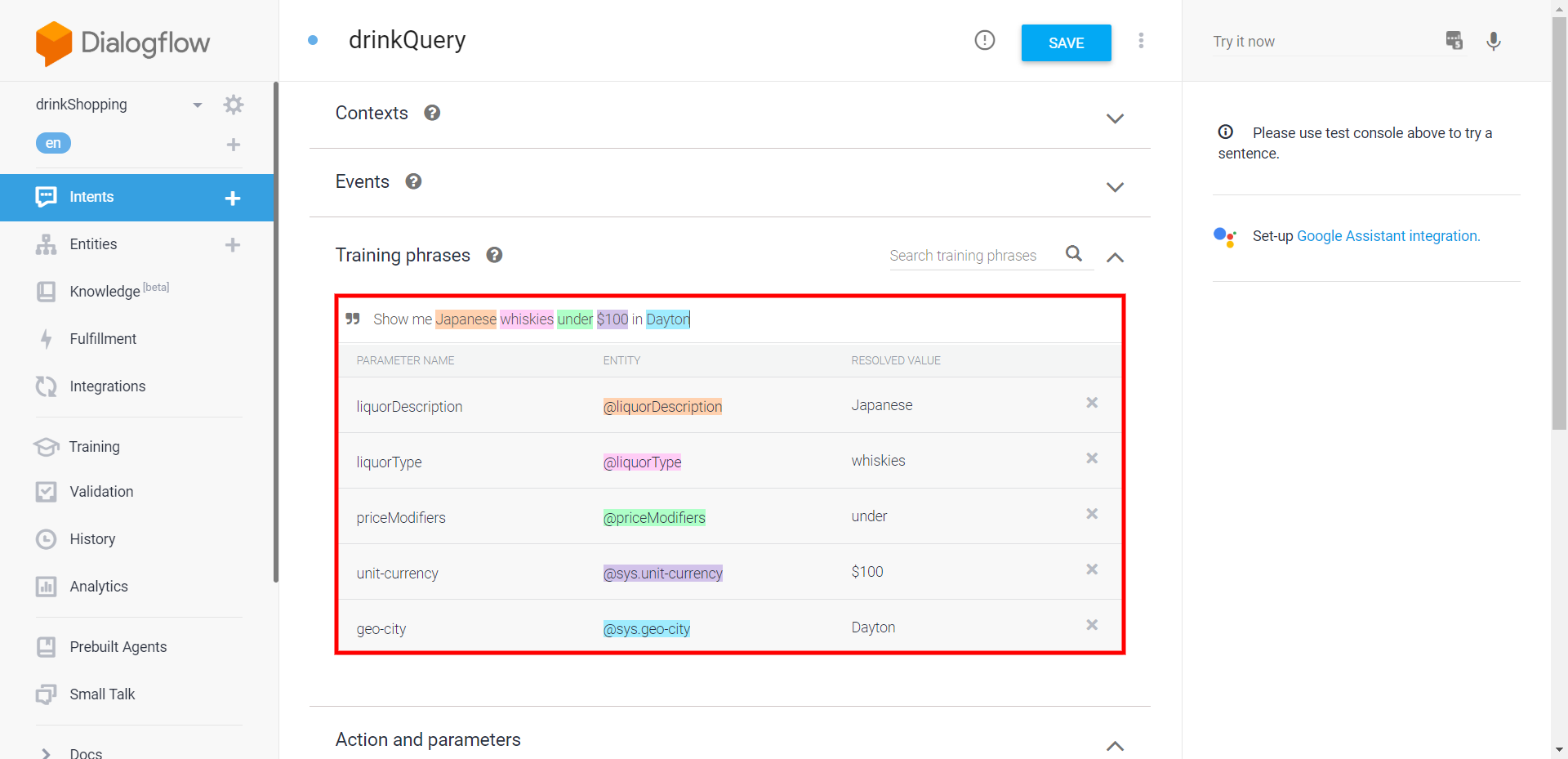
For more information about the verification process, see the OAuth Application Verification FAQ. Learn more about public versus internal applications below. Google verifies public applications that use OAuth 2.0 and meet one or more of the verification criteria. When you use OAuth 2.0 for authentication, your users are authenticated after they agree to terms that are presented to them on a user consent screen. To delete a client ID, go to the Credentials page, check the box next to the ID, and then click Delete. (The following procedure explains how to set up the Consent screen.) You won't be prompted to configure the consent screen after you do it the first time.


Go to the Google Cloud Platform Console.

To create an OAuth 2.0 client ID in the console: To use OAuth 2.0 in your application, you need an OAuth 2.0 client ID, which your application uses when requesting an OAuth 2.0 access token.


 0 kommentar(er)
0 kommentar(er)
